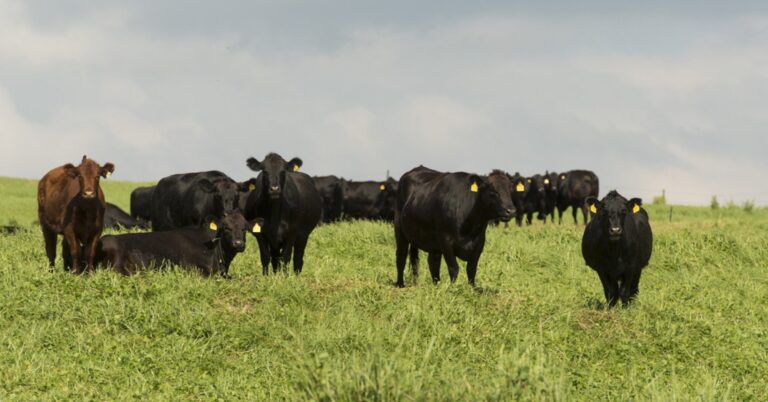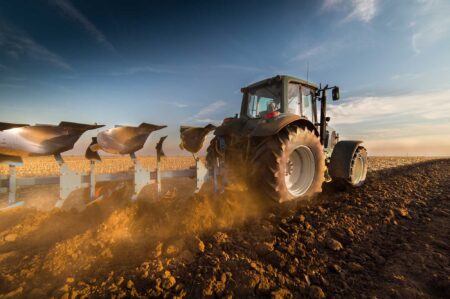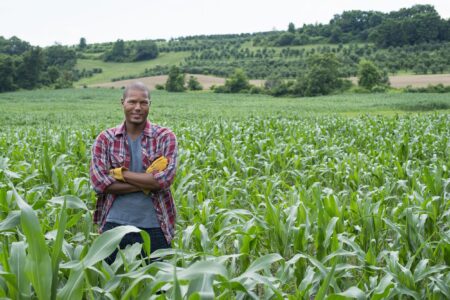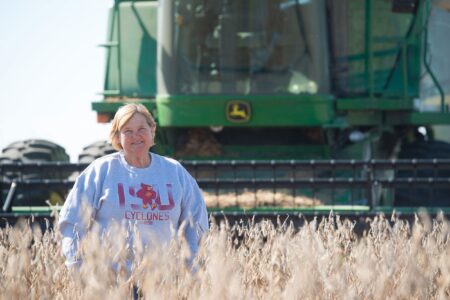Have you ever reached into the silverware drawer, grabbed a fork instead of a spoon, and tried to eat your soup anyway? I have. You poke around for a bit trying to make it work, but eventually, you give up and go get the right tool.
Same thing with a toolbox. I needed a Phillips-head screwdriver once, didn’t have one. So I grabbed a flathead, tilted it at an angle, and tried to get some bite. Sometimes it works. Sometimes you strip the screw. Either way, wrong tool for the job.
And that’s exactly what’s happening in how we talk about cows and climate change.
Our friend the cow — giver of milk, beef, and a surprising number of climate headlines — has been cast in the role of environmental villain. Why? Because she burps methane. And methane, we’re told, is “28 times more potent than carbon dioxide.” That’s the line repeated in articles, speeches, and policy memos.
But there’s a problem. That number — 28 — is based on a tool called GWP100. And when it comes to methane, it’s the wrong tool. Like a fork for soup. Or a flathead for a Phillips.
To understand why, we need to talk briefly about gases, time, and what actually causes warming.
Stock Gases vs. Flow Gases
Most of us understand that carbon dioxide (CO₂) is a problem because it accumulates. Once it’s in the atmosphere, it can stick around for hundreds — or even thousands — of years. Each ton adds to the growing stockpile. That’s why we call CO₂ a stock gas.
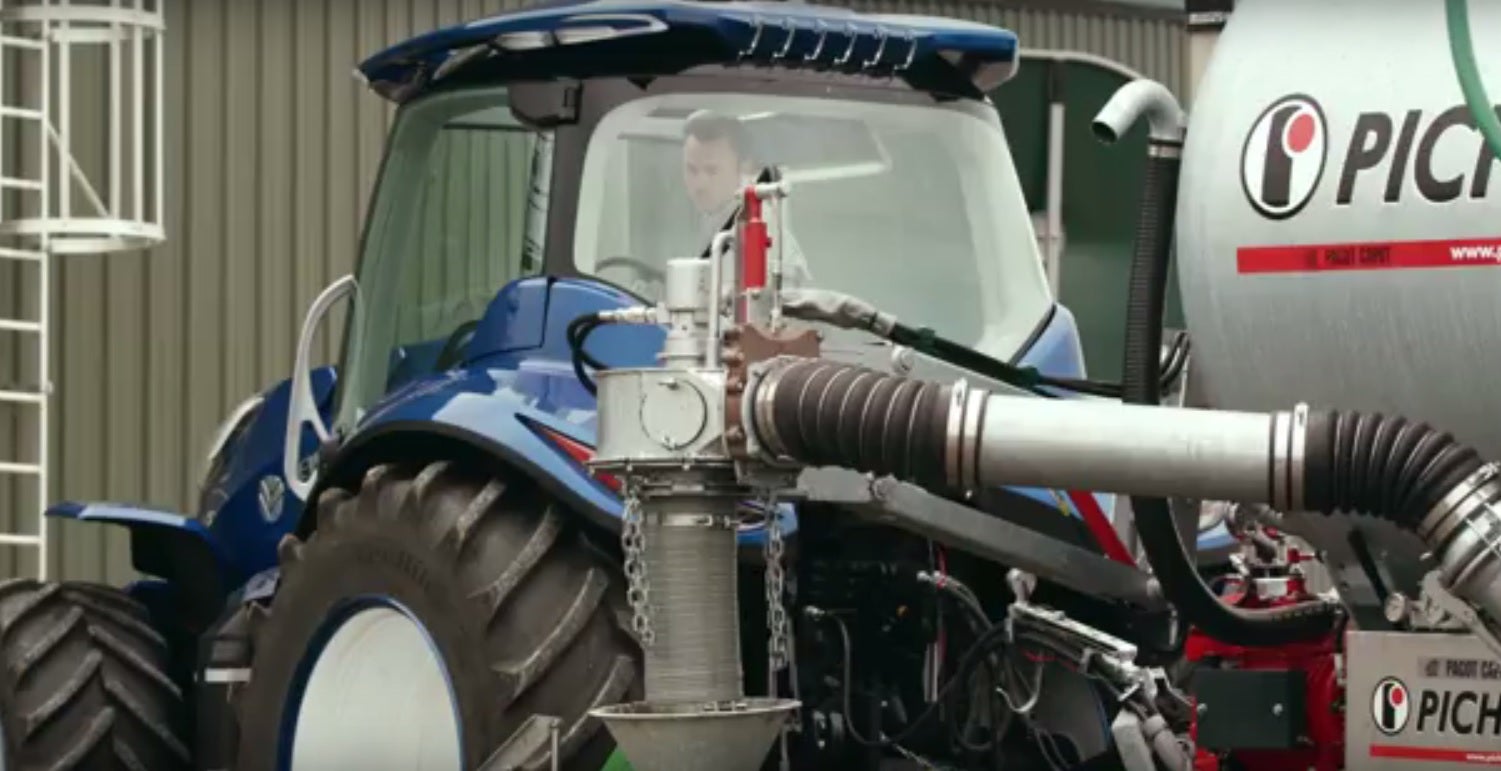
But methane (CH₄) is different. It’s a flow gas. On average, a molecule of methane breaks down in about 12 years. So it doesn’t keep accumulating like CO₂. Instead, the climate impact of methane depends on whether emissions are rising, falling, or stable:
- If emissions are rising, methane builds up in the atmosphere, causing warming.
- If emissions are stable, old methane decays at the same rate new methane is emitted. The atmospheric level stays constant — no new warming.
- If emissions are falling, atmospheric methane declines, and the result is cooling.
So what’s been happening with the U.S. cattle herd?
A Herd in Decline — and Methane With It
Contrary to what headlines might suggest, the number of cattle in the U.S. has been declining since the 1990s. It’s lower today than it was in 1990. That means the methane coming from enteric fermentation (cow burps) is also lower.
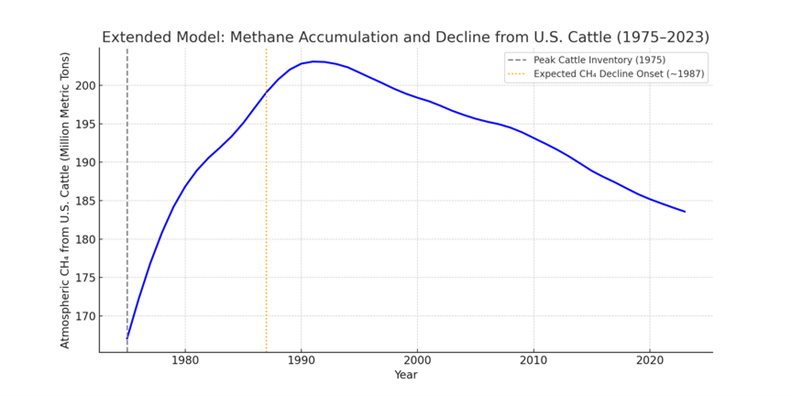

But because methane is short-lived, this matters more than you might think. If you emit less methane year after year, and it only lasts about a decade, then the total atmospheric methane from cattle goes down.
And that’s exactly what’s happened. Modeled methane concentrations from the U.S. cattle herd have been declining since at least 1990. Meanwhile, CO₂ and nitrous oxide (N₂O) — both long-lived gases — have continued to rise.
We’ve visualized this below using estimated percentage changes:
- Methane (CH₄): -17%
- Carbon Dioxide (CO₂): +21%
- Nitrous Oxide (N₂O): +13%
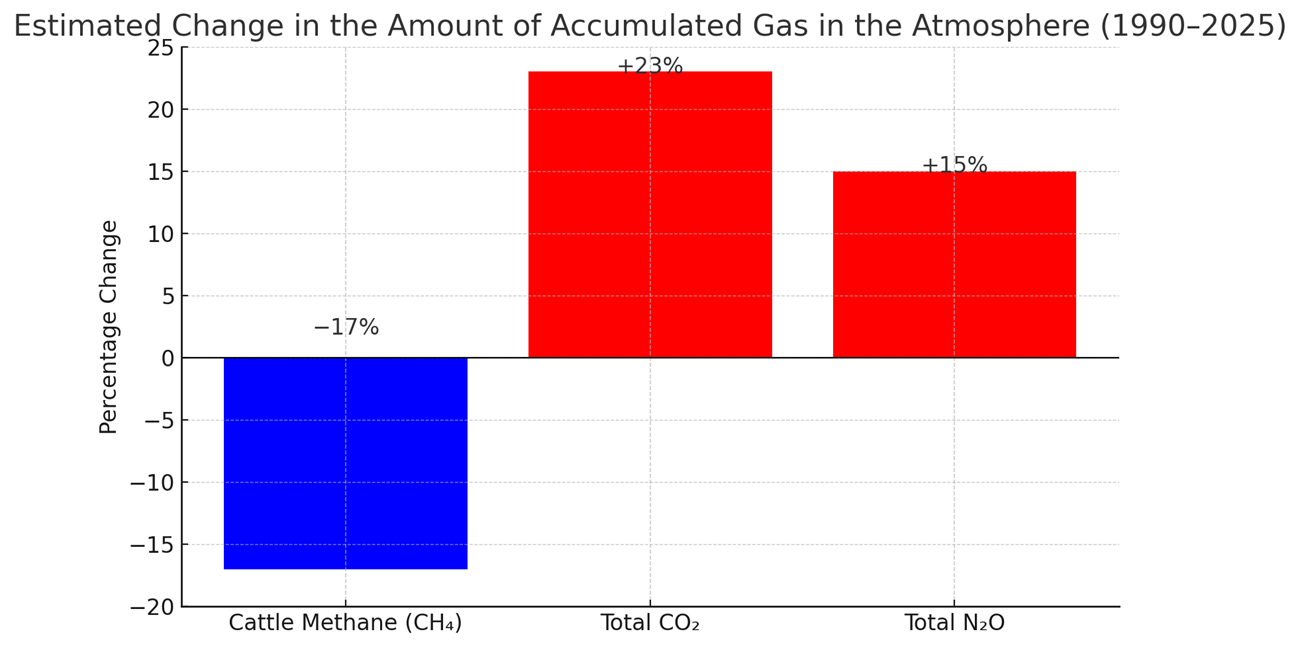

So while do headlines keep pointing to methane, when it’s actually the only one of the three that’s going down?
Why 100 Years? The Origins of an Oversimplified Metric
You might wonder: If methane breaks down so quickly, why is it treated as so dangerous? The answer lies in an outdated accounting system. In the early 1990s, scientists and policymakers needed a way to compare the warming potential of different greenhouse gases. CO₂ lasts centuries. Methane lasts a decade or so. Nitrous oxide lasts over 100 years. Comparing them apples to apples was tricky.
So they came up with GWP100 — a metric that averages each gas’s warming impact over a 100-year period. Methane was pegged at 28 times the warming potential of CO₂ over that century. That made it easier to build carbon budgets, treaties, and offset programs.
But it also introduced a major distortion, because GWP100 spreads methane’s impact over a timeline it doesn’t actually follow. Most of methane’s warming occurs in the first 10 to 20 years. By the time you hit year 50 or 100, it’s almost entirely gone. Using GWP100 to measure methane is like blaming a thunderstorm for a year’s worth of rainfall. It’s the wrong tool — and it leads to the wrong conclusions.
GWP★: A Better Tool for the Job
Scientists now have a better metric called GWP★ (GWP-star). Instead of averaging methane’s warming potential over 100 years, GWP★ looks at how changes in methane emissions affect temperature. Under GWP★:
- Stable methane emissions = no additional warming
- Declining methane emissions = cooling
- Rising methane emissions = warming
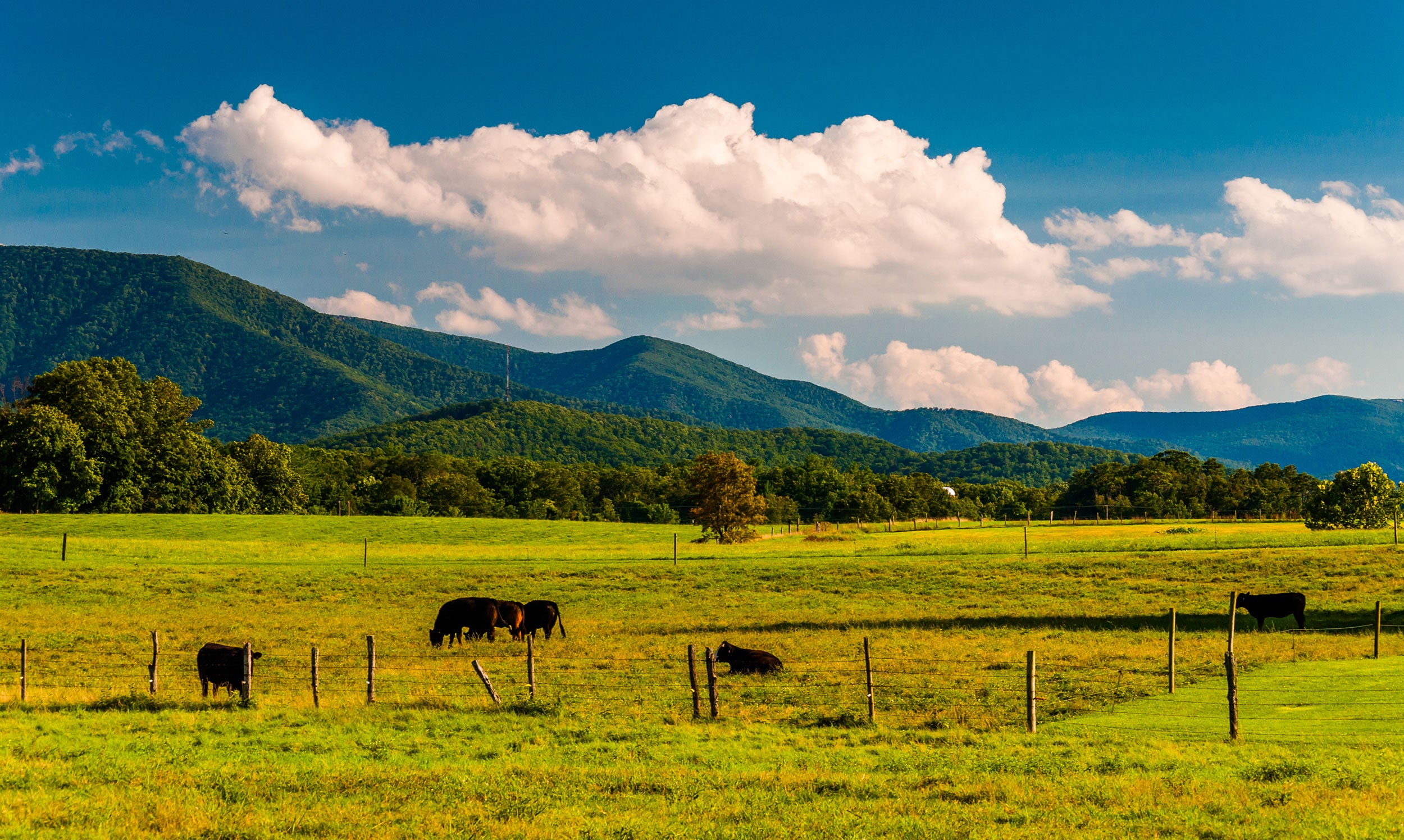

It’s simple, intuitive, and matches how the atmosphere actually works. Using GWP★, the U.S. cattle herd isn’t a major warming source — it’s a declining one. Yet most climate policy, media coverage, and emissions reporting still use GWP100. That’s like still using a flip phone when a smartphone is sitting right there on the table.
Fix the Flats, Not the One That Holds Air
Imagine you’re standing by the side of the road with three flat tires. One of them has already been patched. The other two are still hissing air. Do you keep inflating the one you already fixed, or do you focus on the ones still leaking?
That’s what our current methane obsession looks like. We keep pumping up scrutiny and regulation on cattle methane — even though it’s already in decline — while letting CO₂ and N₂O emissions continue to rise. We’re focusing on the tire that’s holding air, while ignoring the ones that are actually flat.
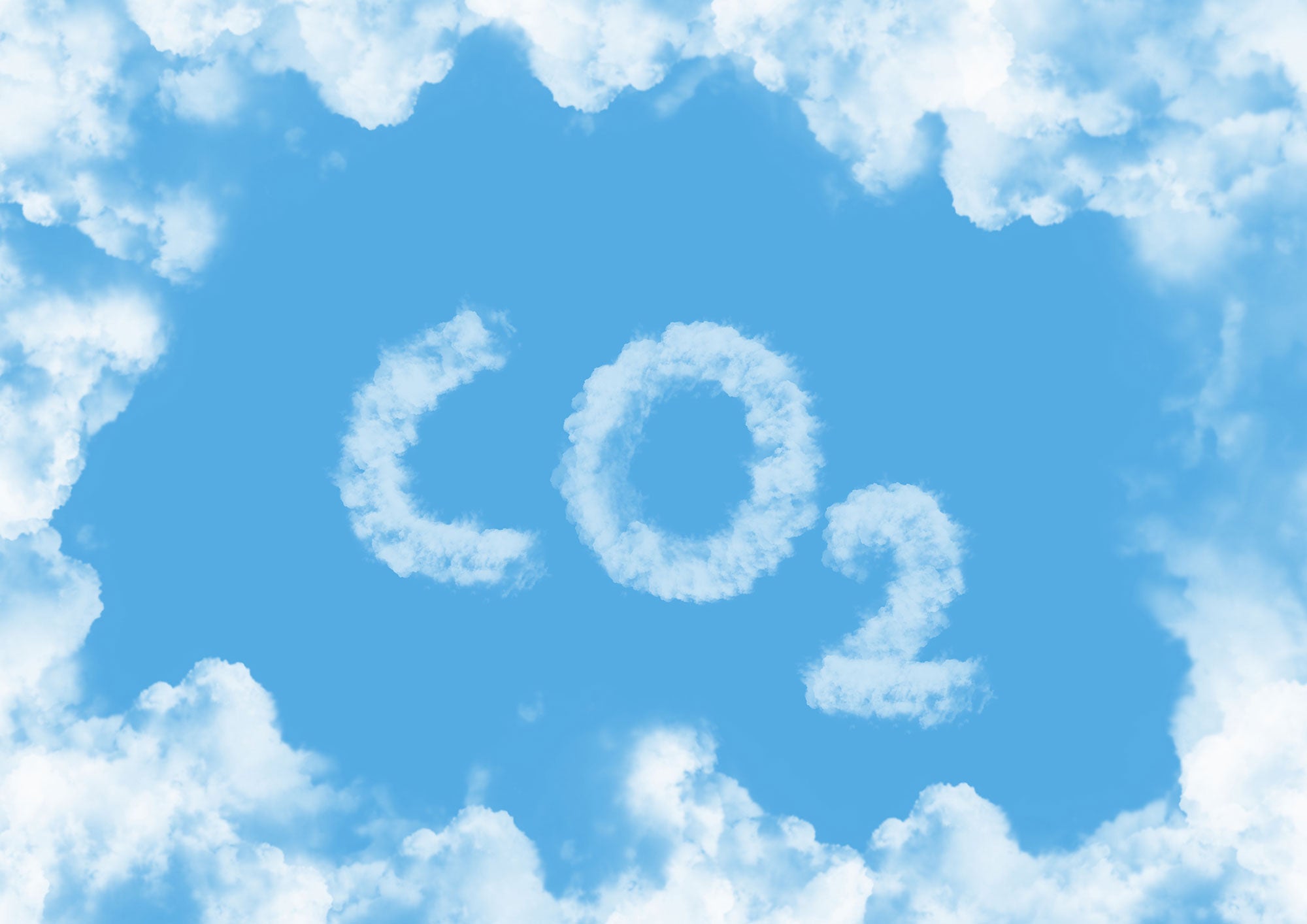

That’s not science. That’s distraction. In the end, measuring a flow gas like methane using GWP100 instead of a more appropriate tool like GWP★ is a bit like trying to eat a bowl of soup with a fork. You can poke around all you want, but it won’t work how you need it to.
Maybe it’s time we get up and grab the right tool for the job. Let’s pump up the right right tires.
Final Thought: The Cow Didn’t Change But Our Understanding Has
This doesn’t mean methane doesn’t matter. In places where herds are expanding rapidly, it still needs to be managed. But in the U.S., methane from cattle has been going down for decades.
The problem isn’t the cow — it’s the metric. It’s time to stop blaming cows for warming they aren’t causing. Time to stop using the wrong tools for the job. Time to bring our policy, our models, and our assumptions in line with the science.
The cow didn’t change. But the scientific understanding did, and it’s time our policy caught up. How we portray this in the media matters.
Ben Henson is a lifelong farmer and international agricultural consultant with over 30 years of experience in the U.S. and Africa. He currently splits his time between a hay and cattle farm in Oregon and a climate-smart agriculture initiative in Rwanda.


:max_bytes(150000):strip_icc()/Screenshot2025-06-25at1.00.29PM-29bd4adccc4246e0b911a886e5465e7e.png)
:max_bytes(150000):strip_icc()/NebraskaCorn.July11-2-2000-0544547ffdcf4bffb015489561f0ffc3.jpg)
:max_bytes(150000):strip_icc()/Between-Corn-Rows-POV-Deep-Natalina-Sents-Bausch-dca1b82edce44bdd97dda3b76312e719.jpg)


